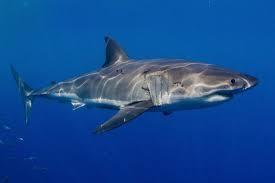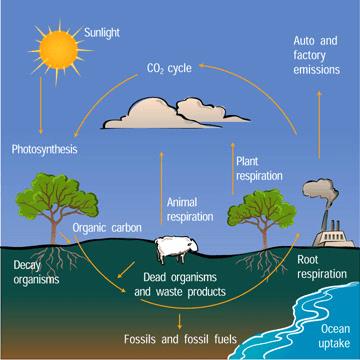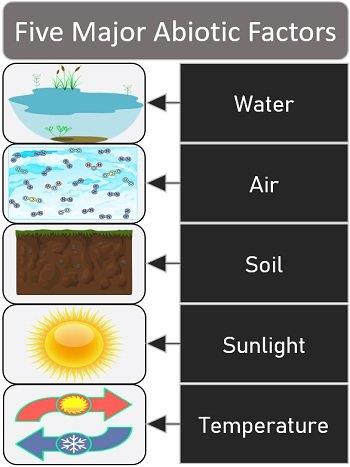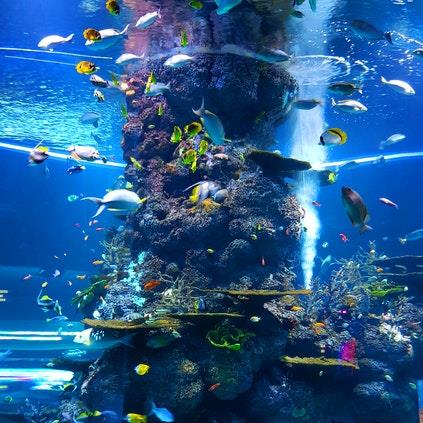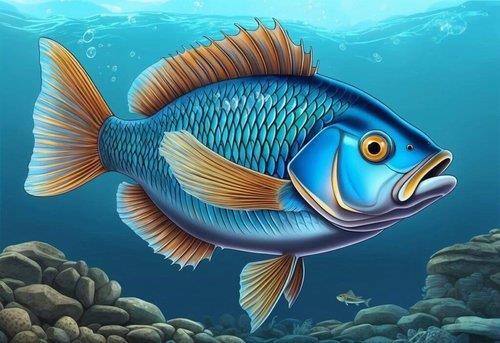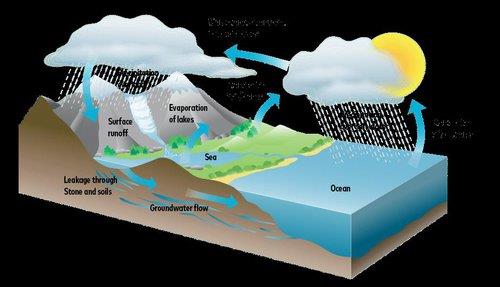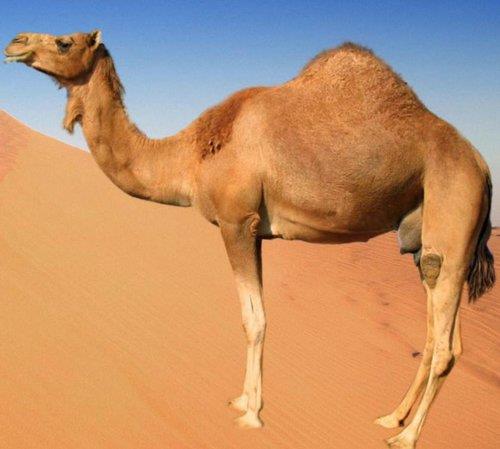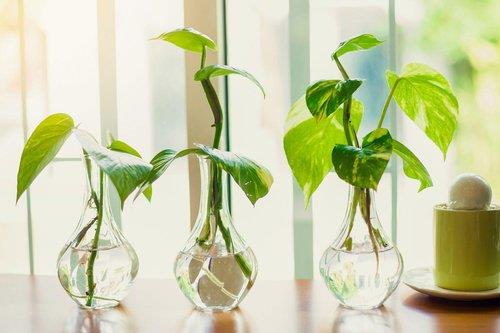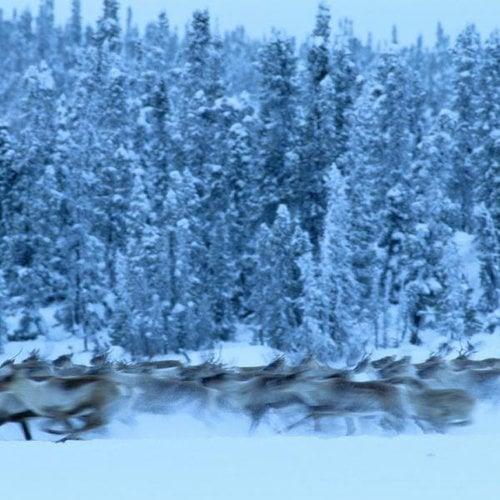|
Card: 2 / 44 |
Living organisms can move on their own, while nonliving things cannot move unless acted upon by an external force. |
|
Card: 7 / 44 |
What is a characteristic of living organisms that involves a change in size or development over time? |
|
Card: 9 / 44 |
Riddle: I can move on my own, grow over time, and need food and water, but I am not a rock. What am I? |
|
Card: 12 / 44 |
Plants can move in response to environmental stimuli, such as sunflowers following the direction of the sun. 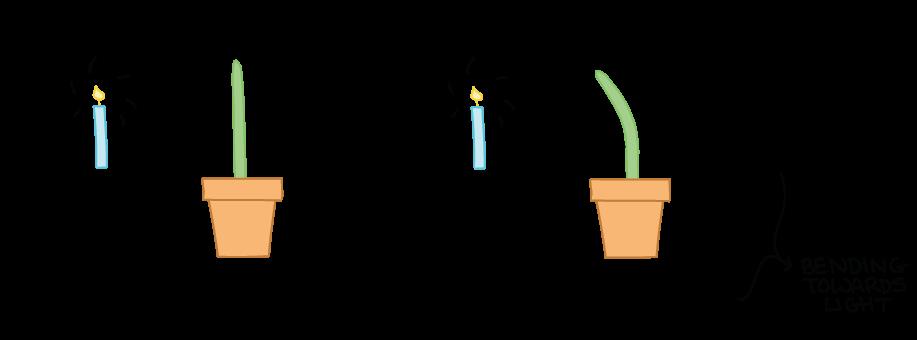 |
|
Card: 13 / 44 |
Fill in the blank: Organisms like camels and cacti are typically found in ___ environments. |
|
Card: 15 / 44 |
What is the primary difference between living and non-living things in terms of respiration? |
|
Card: 16 / 44 |
Living things can breathe and take in air, using organs like lungs in animals and stomata in plants, while non-living things, such as a bag, cannot breathe. |
|
Card: 17 / 44 |
Fill in the blank: Reproduction is the process by which living things give birth to ___ of their own kind. |
|
Card: 20 / 44 |
False. Non-living things do not reproduce; for example, a bottle does not give birth to a new bottle. |
|
Card: 21 / 44 |
Riddle: I can breathe but am not alive, I am all around you and help you thrive. What am I? |
|
Card: 23 / 44 |
Fill in the blank: The abiotic components of a habitat include air, rocks, water, sunlight, and ___. |
|
Card: 25 / 44 |
Multiple Choice: Which of the following is an example of an aquatic habitat? A) Desert B) Ocean C) Forest D) Mountain |
|
Card: 29 / 44 |
Riddle: I am found in every habitat, both land and sea, I help living things grow, but I cannot be seen. What am I? |
|
Card: 35 / 44 |
True or False: Aquatic plants have long and heavy roots to anchor them in water. |
|
Card: 37 / 44 |
Riddle: I am found in deserts, my leaves are spines, and my stem does the work of photosynthesis. What am I? |
|
Card: 43 / 44 |
Fill in the blank: The cone-shaped trees in cold mountains help with ___ during rain and snowfall. |





